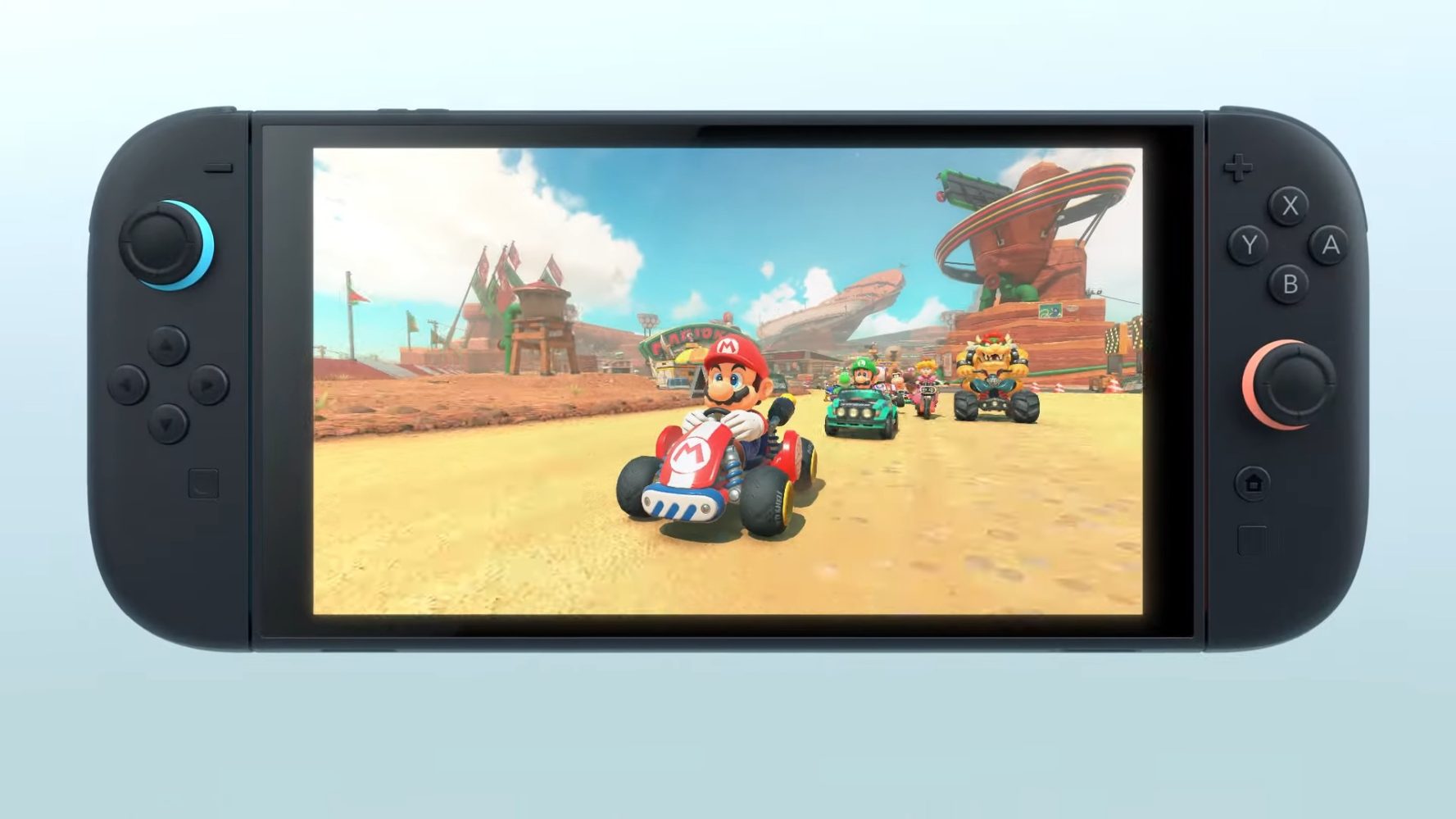Mastering Multi-Screen Presentations: A Technical Guide for Modern Event Professionals
Advanced Display Technology Integration in Event Management Today's event professionals face an unprecedented challenge: delivering seamless presentations across an ecosystem of diverse display technologies. This comprehensive guide explores cutting-edge solutions for managing multi-screen environments and challenges in modern events. Modern Display Technologies & Their Applications LED Wall Solutions Pixel Pitch Options: P2.5 to P8 for various viewing distances Modular configurations for custom aspect ratios Brightness ranges: 800-2000 nits for indoor/outdoor flexibility Power and cooling requirements for different setups Advanced Projection Systems Laser projection technology benefits Edge blending for ultra-wide displays Projection mapping capabilities Ambient light rejection screens OLED/QLED Displays Perfect blacks and color accuracy Viewing angle advantages Heat management considerations Daisy-chaining capabilities Resolution Management Strategies Dynamic Resolution Scaling Automated content adaptation algorithms Vector-based asset management Resolution-independent design principles Real-time scaling technologies Content Delivery Networks (CDN) Multi-bitrate streaming Adaptive resolution switching Buffer management Network optimization techniques Technical Specifications for Modern Events Standard Configurations 4K Ultra HD: 3840 x 2160 (16:9) Bandwidth: 15-25 Mbps per stream Refresh Rate: 60Hz minimum Color Depth: 10-bit HDR support Wide Format: 5120 x 1440 (32:9) Data Rate: 28-32 Gbps Latency:

Advanced Display Technology Integration in Event Management
Today's event professionals face an unprecedented challenge: delivering seamless presentations across an ecosystem of diverse display technologies.
This comprehensive guide explores cutting-edge solutions for managing multi-screen environments and challenges in modern events.
Modern Display Technologies & Their Applications
LED Wall Solutions
Pixel Pitch Options: P2.5 to P8 for various viewing distances
Modular configurations for custom aspect ratios
Brightness ranges: 800-2000 nits for indoor/outdoor flexibility
Power and cooling requirements for different setups
Advanced Projection Systems
Laser projection technology benefits
Edge blending for ultra-wide displays
Projection mapping capabilities
Ambient light rejection screens
OLED/QLED Displays
Perfect blacks and color accuracy
Viewing angle advantages
Heat management considerations
Daisy-chaining capabilities
Resolution Management Strategies
Dynamic Resolution Scaling
Automated content adaptation algorithms
Vector-based asset management
Resolution-independent design principles
Real-time scaling technologies
Content Delivery Networks (CDN)
Multi-bitrate streaming
Adaptive resolution switching
Buffer management
Network optimization techniques
Technical Specifications for Modern Events
Standard Configurations
4K Ultra HD: 3840 x 2160 (16:9)
Bandwidth: 15-25 Mbps per stream
Refresh Rate: 60Hz minimum
Color Depth: 10-bit HDR support
Wide Format: 5120 x 1440 (32:9)
Data Rate: 28-32 Gbps
Latency: <16ms
Sync Requirements: Frame-locked systems
Emerging Technologies
AI-Powered Presentation Systems
Real-time content optimization
Automatic layout adjustment
Audience engagement analytics
Device-specific rendering
Augmented Reality Integration
Spatial awareness capabilities
Multi-user synchronization
Real-time 3D rendering
Mixed reality presentation modes
Technical Best Practices
System Architecture
Redundant display systems
Failover protocols
Signal distribution methods
Emergency backup solutions
Quality Assurance
Display calibration procedures
Color management systems
Signal integrity testing
Performance monitoring tools
Future-Proofing Strategies
Scalable Infrastructure
Modular display systems
Upgradeable processing units
Flexible content management
Cross-platform compatibility
Emerging Standards Support
HDMI 2.1 capabilities
DisplayPort 2.0 integration
AV-over-IP protocols
HDR format support
This technical approach provides event professionals with deeper insights into managing modern presentation environments while future-proofing their technical infrastructure.
What's Your Reaction?




























